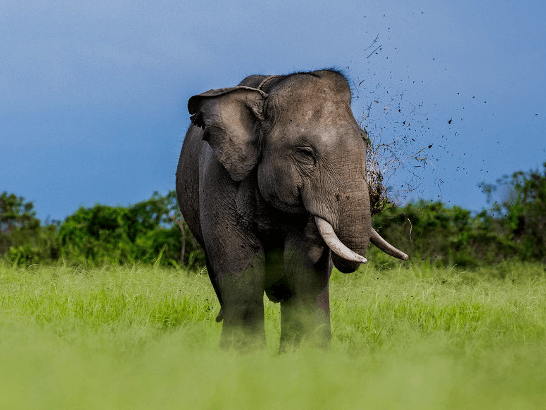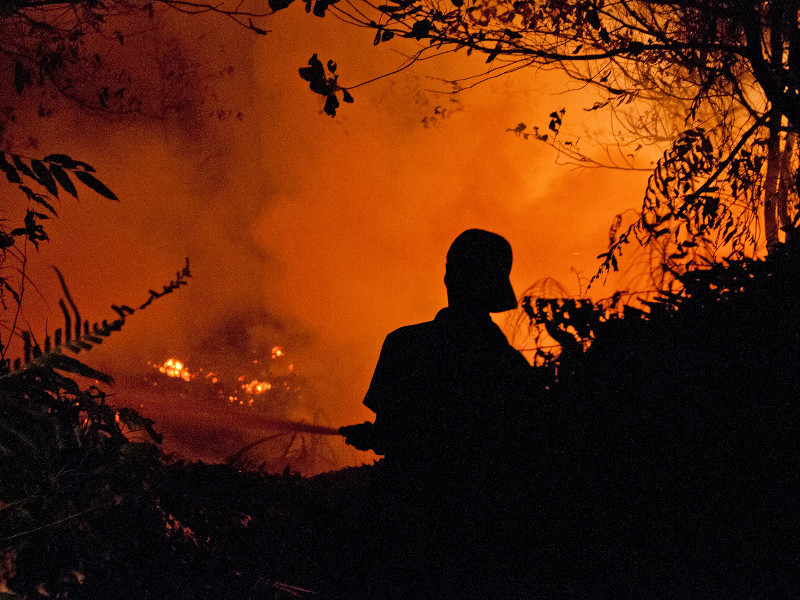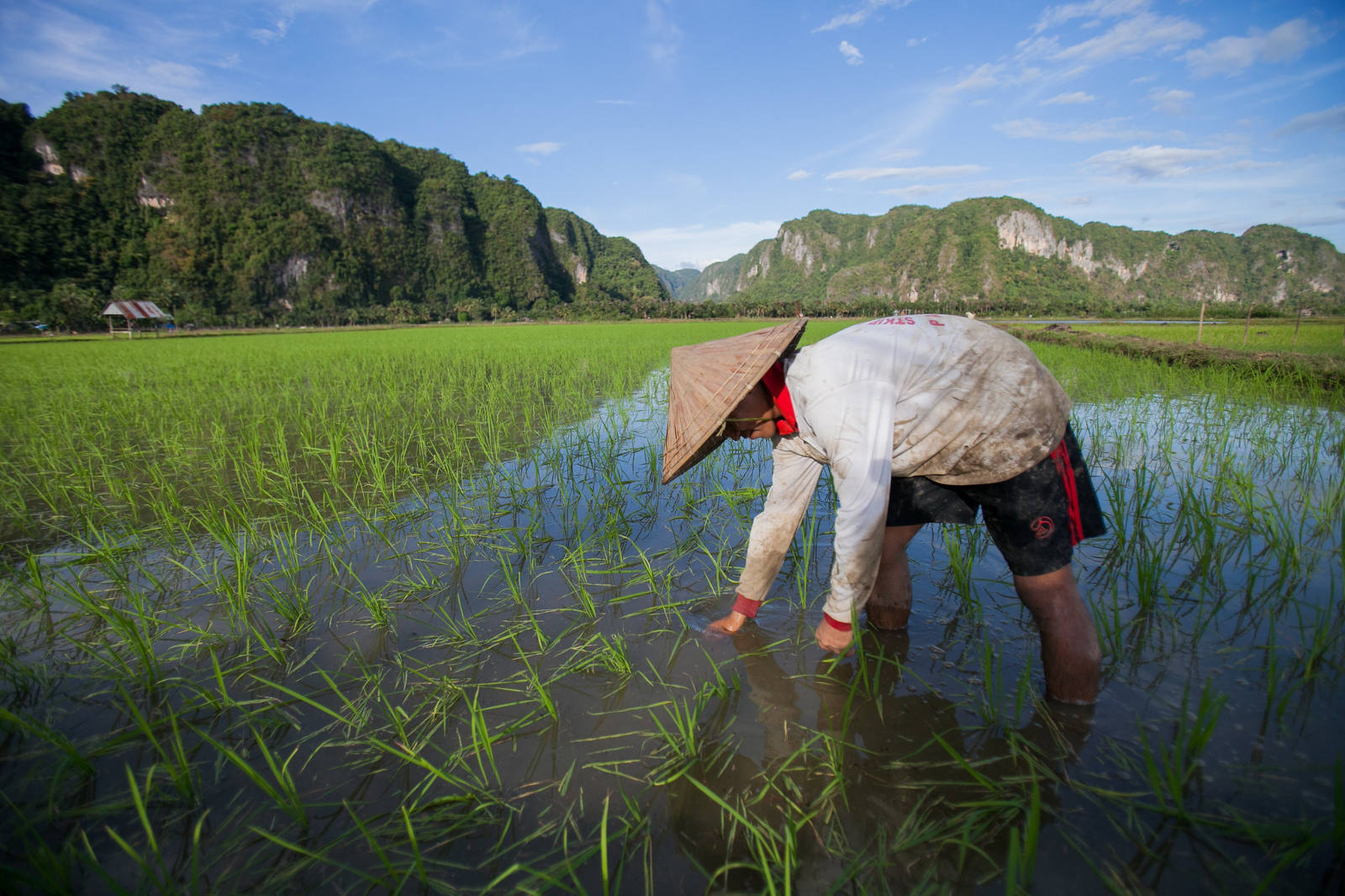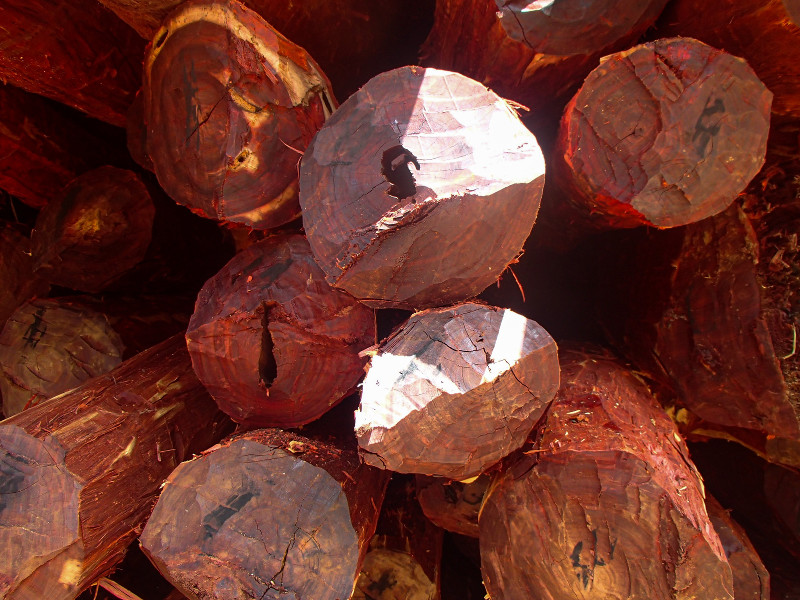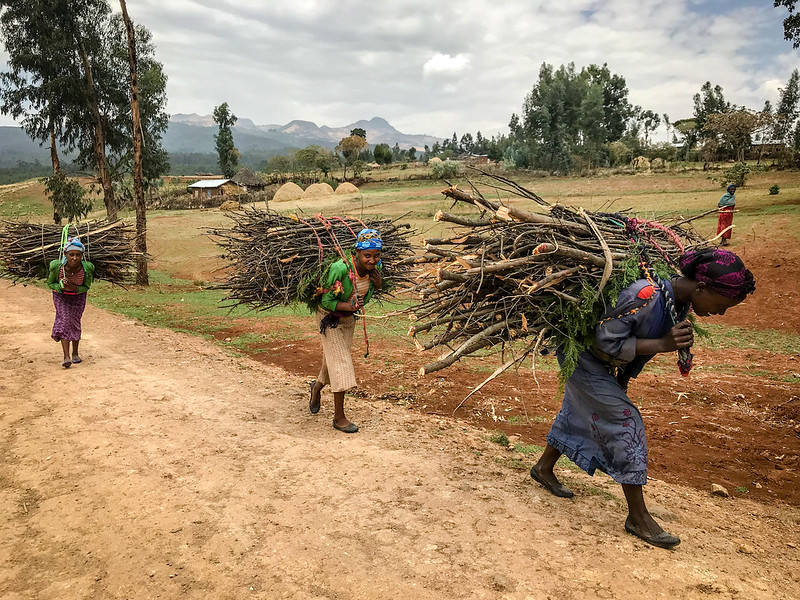Sesbania species (Fabaceae) are a valuable plant resource in tropical agriculture. Recently, Mesoplatys ochroptera Stål (Coleoptera : Chrysomelidae) has become a serious pest of Sesbania species in agroforestry systems in Africa. The biology of M. ochroptera was studied in eastern Zambia and southern Malawi. Sesbania bispinosa (Jacq.) Wight, S. brevipedunculata Gillet, S. leptocarpa DC, S. macrantha Phil. & Hutch., S. rostrata Bremek & Obrem, S. sericea (Willd.) Link, S. sesban (L.) Merr. and S. tetraptera Hochst. ex Baker were the primary hosts of M. ochroptera in the study area. Females laid on average one egg batch per day in an oviposition period of 18-56 days. Egg batches contained 2-70 eggs. Females that were mated repeatedly produced about 1000 offspring while those mated only once produced 980 offspring. Larval development through three instars, took between 11-34 days. Pupal development occurred in the soil, and took 4-16 days. The survival and developmental periods of pre-imaginal stages differed significantly between the Sesbania species studied. The highest and lowest pre-imaginal survival was recorded on S. leptocarpa and S. rostrata, respectively. The longest developmental period of about 32 days was recorded on S. sesban while the shortest of 14 days was on S. leptocarpa. Annual activity cycle in M. ochroptera followed the unimodal rainfall pattern of southern central Africa. Beetles were only active during the rainy season (November-April) with a single population peak between February and April. Adults overwintered within and around the sesbania fallows during the long dry season (May-October) and emerged with the onset of the rains.
DOI:
https://doi.org/10520/EJC32539
Altmetric score:
Dimensions Citation Count:












